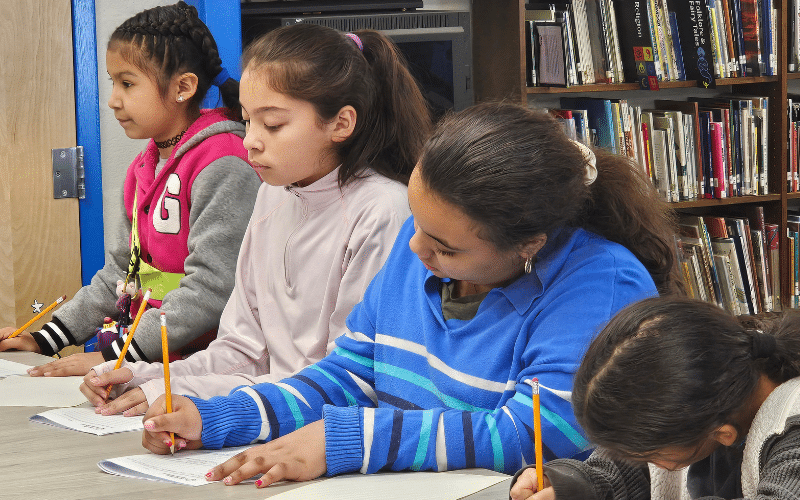
By Catholic Partnership Schools Healthy Courier staff | Tiny pieces of man-made material called microplastics are everywhere. They’re in rivers, near our homes, and even in the air we breathe.
“It’s very likely that we all have microplastics inside of us right now,” says Dr. Tim Maguire, an environmental researcher at the Academy of Natural Sciences of Philadelphia at Drexel University.
What do all these microplastics mean for human health? “We don’t yet know,” Dr. Maguire says. “One of the big topics of scientific research right now is trying to figure out what effects these plastics have on our health.”
Dr. Maguire and his team are watershed ecologists. They study rivers, lakes, and streams and the animals that live there. They are currently looking at how microplastics affect fish.
So far, Dr. Maguire says, his team has observed two main effects. One is on hormones, which are chemical signals that tell living things “how to grow and change,” he says. The other observation “is what we call ‘fitness,’ which in biology means how well organisms develop and reproduce.”
Dr. Maguire says there are three kinds of microplastics, which he defines as plastics that are 5 millimeters in length or smaller. That’s less than one-fifth of an inch.
The first kind are beads. They are raw materials used in factories to make plastic items. For instance, Dr. Maguire says, if you wanted to make plastic pencil cases, you’d buy beads and squish them together to form the cases. The beads can get into the environment a number of ways. For example, they can spill out of their containers when they are transported or accidentally be washed away in wastewater.
The second type are fragments. They are jagged pieces of plastic that were part of other products like water bottles and restaurant take-out containers.
The last kind are fibers. These are threads of plastic that are shed from shirts. fleece jackets, and other clothing.
Fish and invertebrates living in streams and rivers will eat all three kinds of microplastics. “Baby sea turtles are often packed full of microplastic fragments,” Dr. Maguire says.
So what can kids do to reduce microplastics in the environment? Next time you reach for a drink in a plastic bottle, think before you grab it, he suggests.
Ask yourself: Could you buy something else in a glass bottle? Could you encourage the store owner to offer products that are not packaged in plastic? Could you buy nothing? Be mindful of what you use, and reduce your garbage, Dr. Maguire says.
He also says to think about what you can create rather than buy. “If the plastic is already generated, use it for something else,” he says. “Peanut butter jars can become pencil cases.”
Remember, Dr. Maguire says, plastic has a long life. It can be around for hundreds of years.






